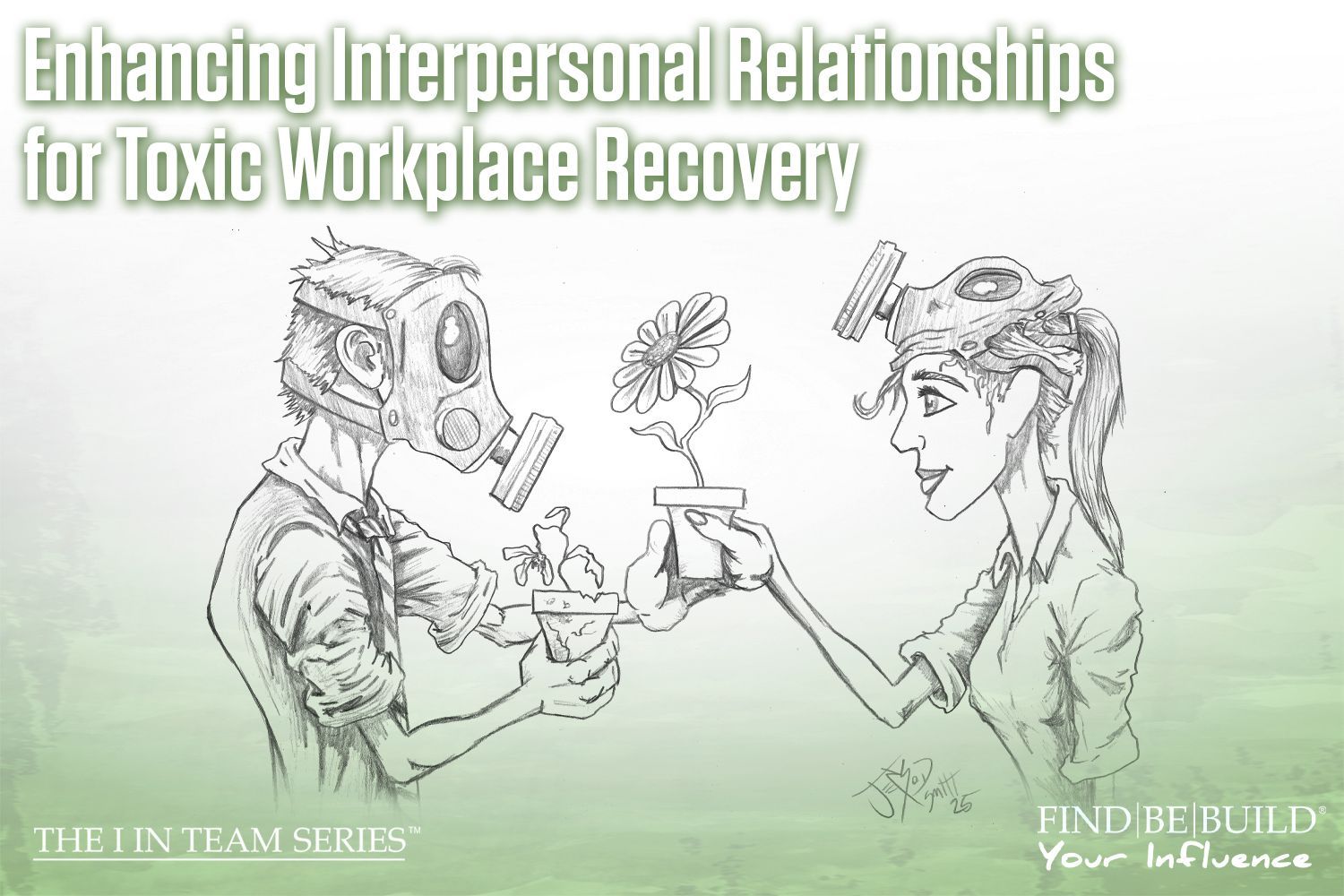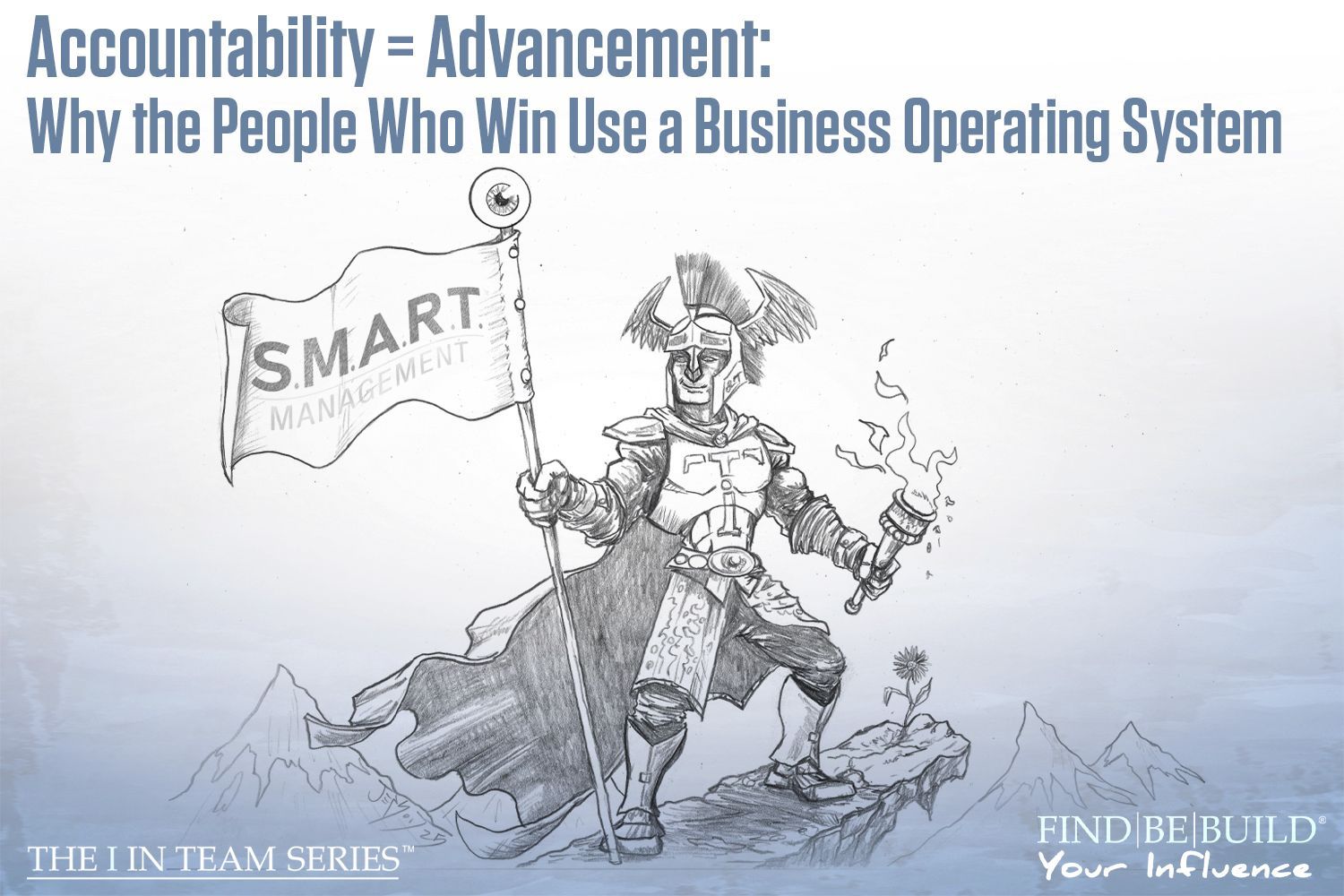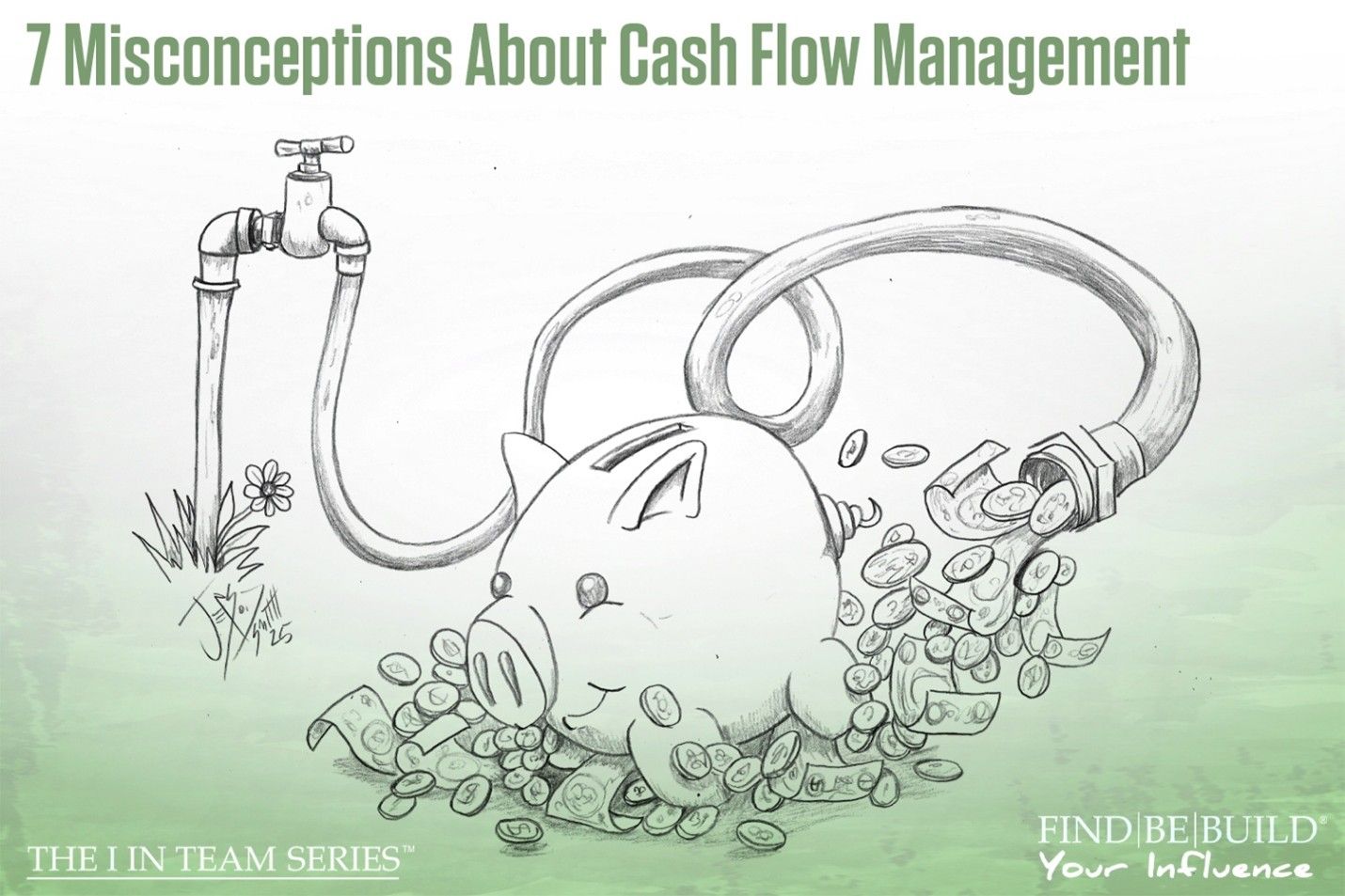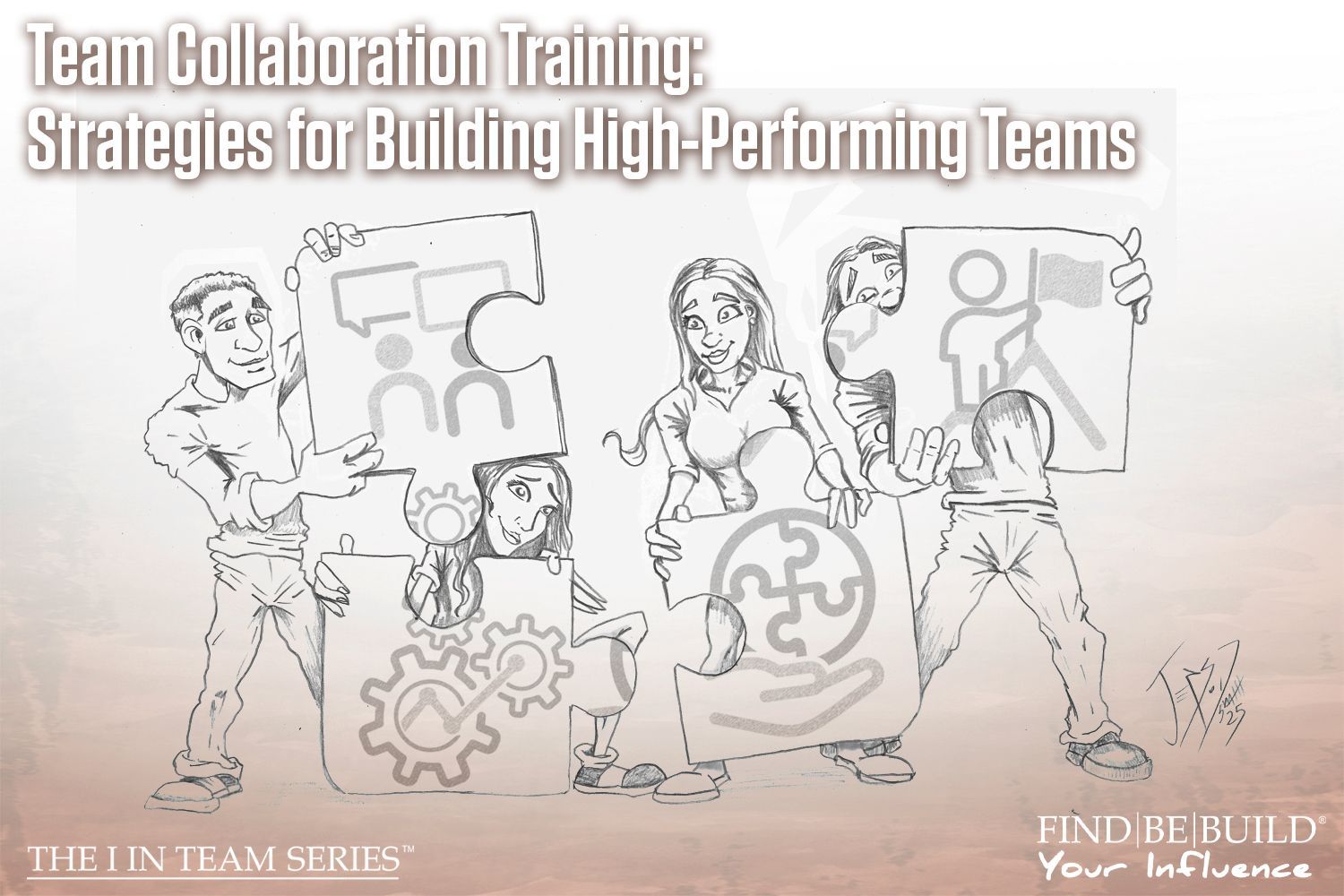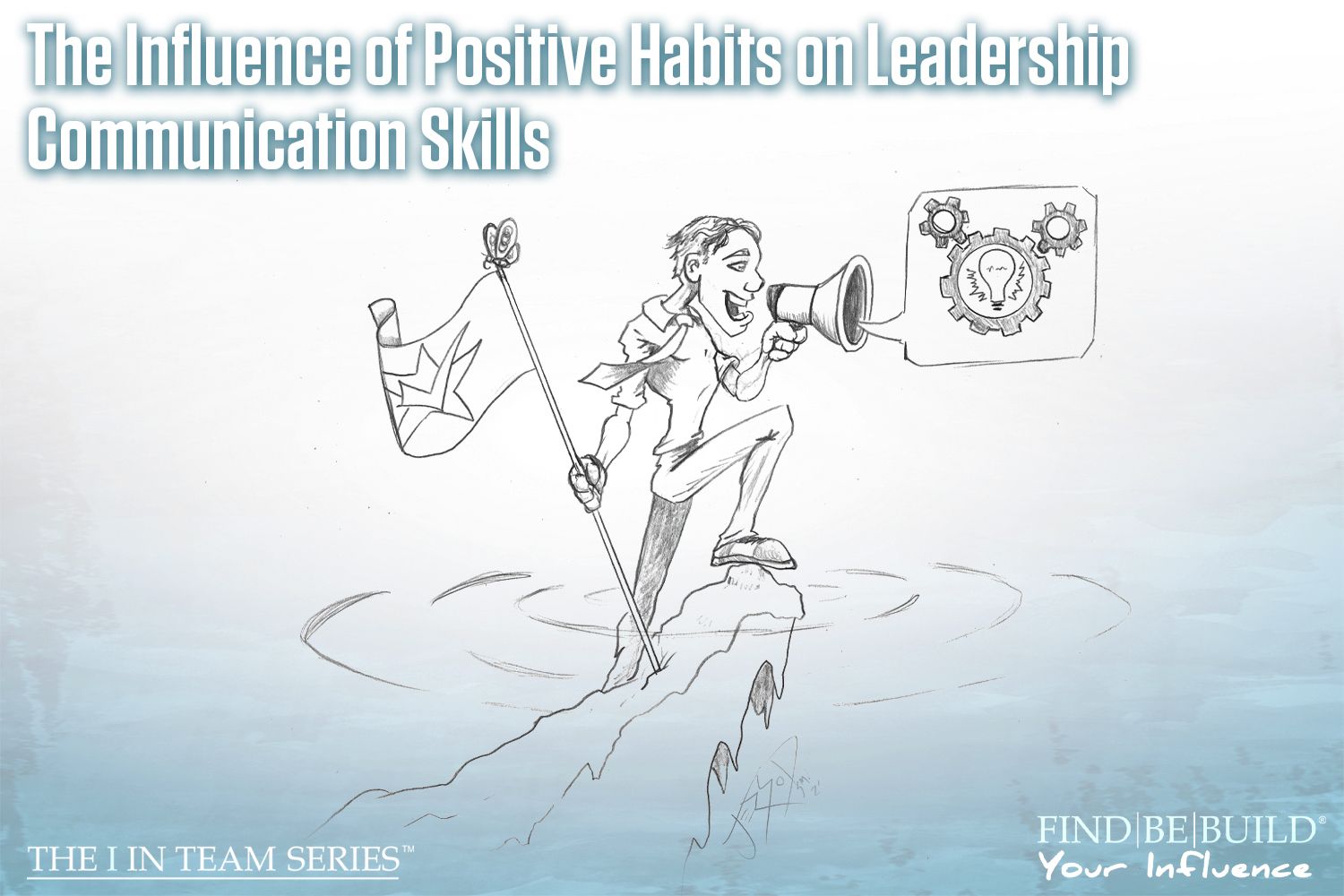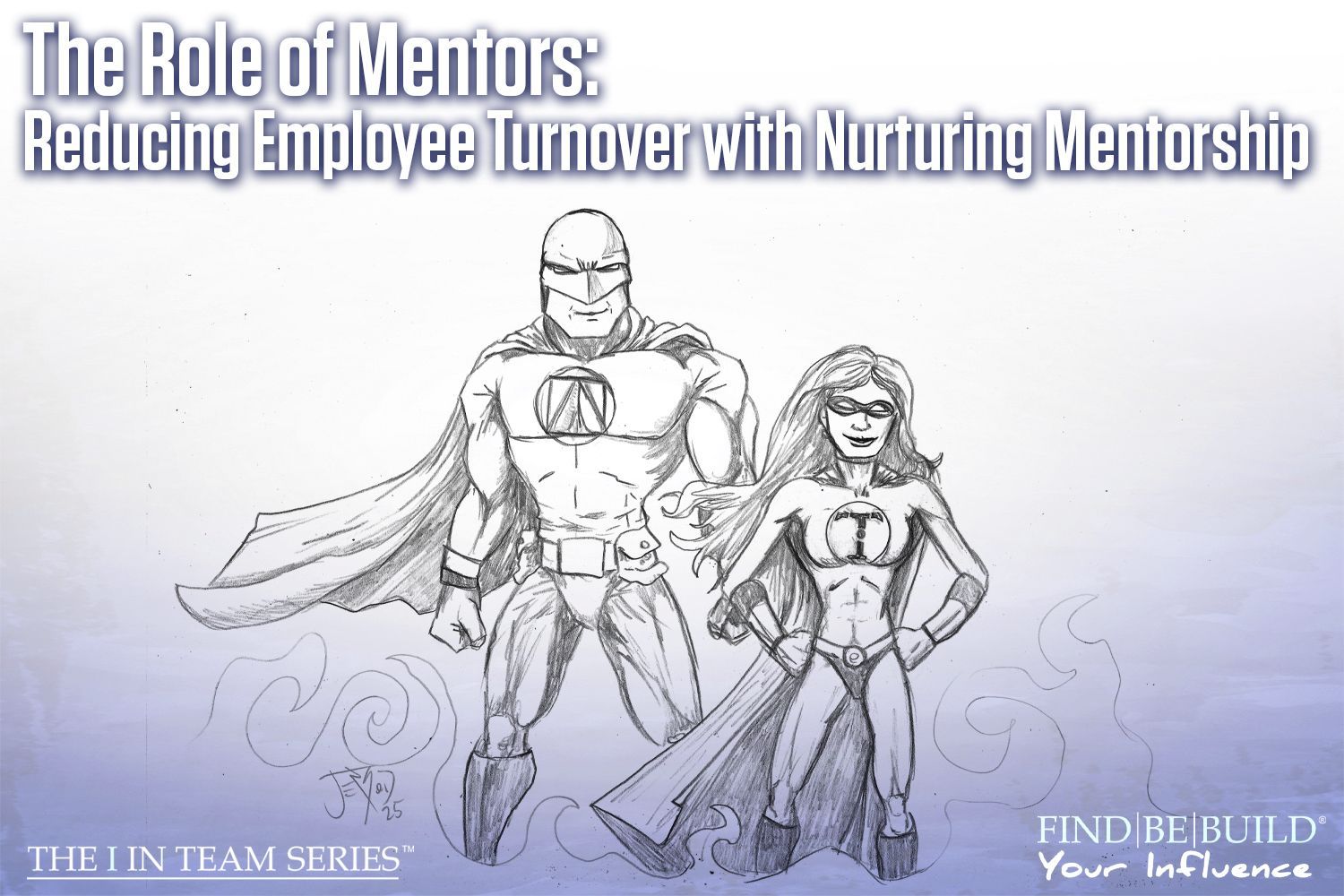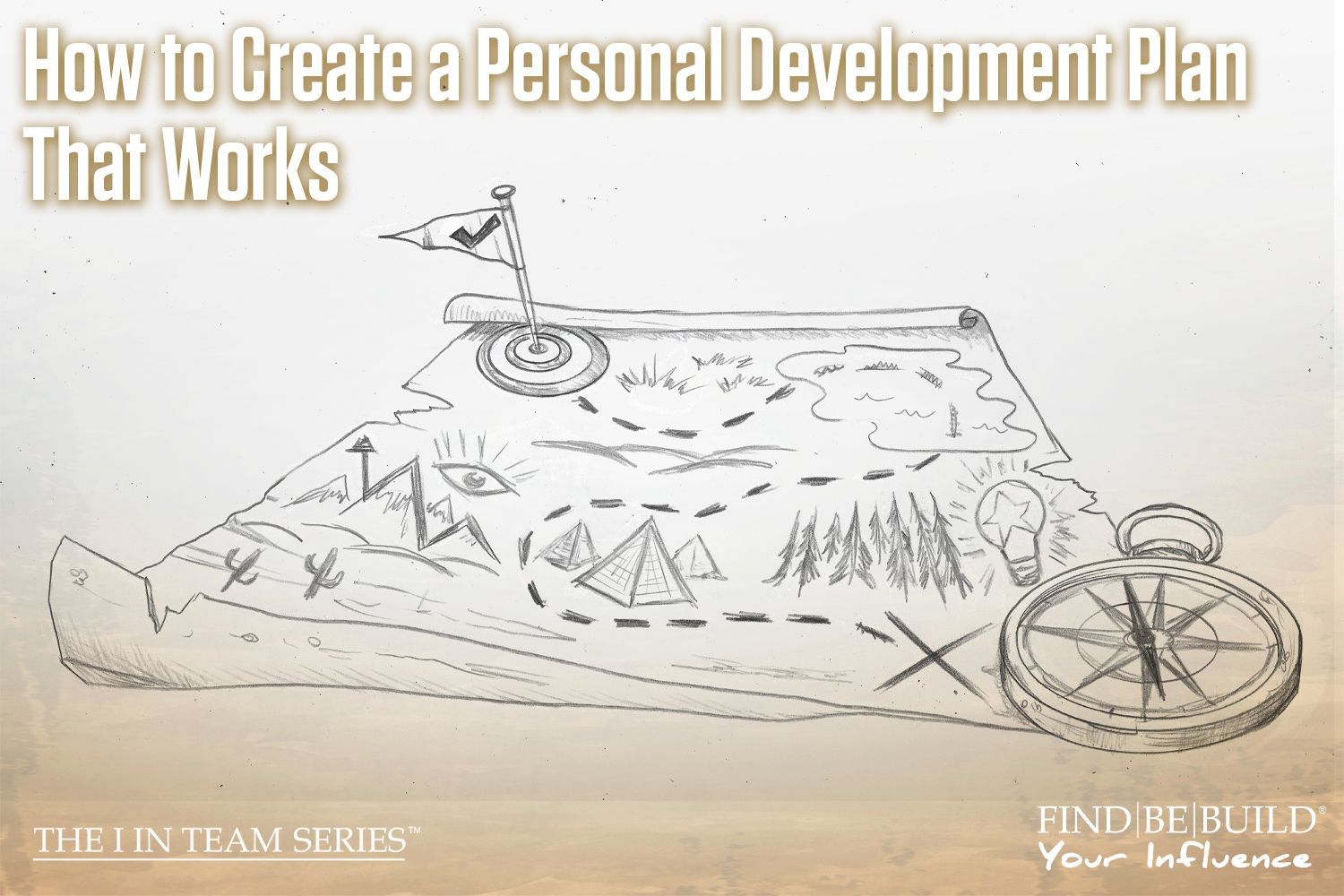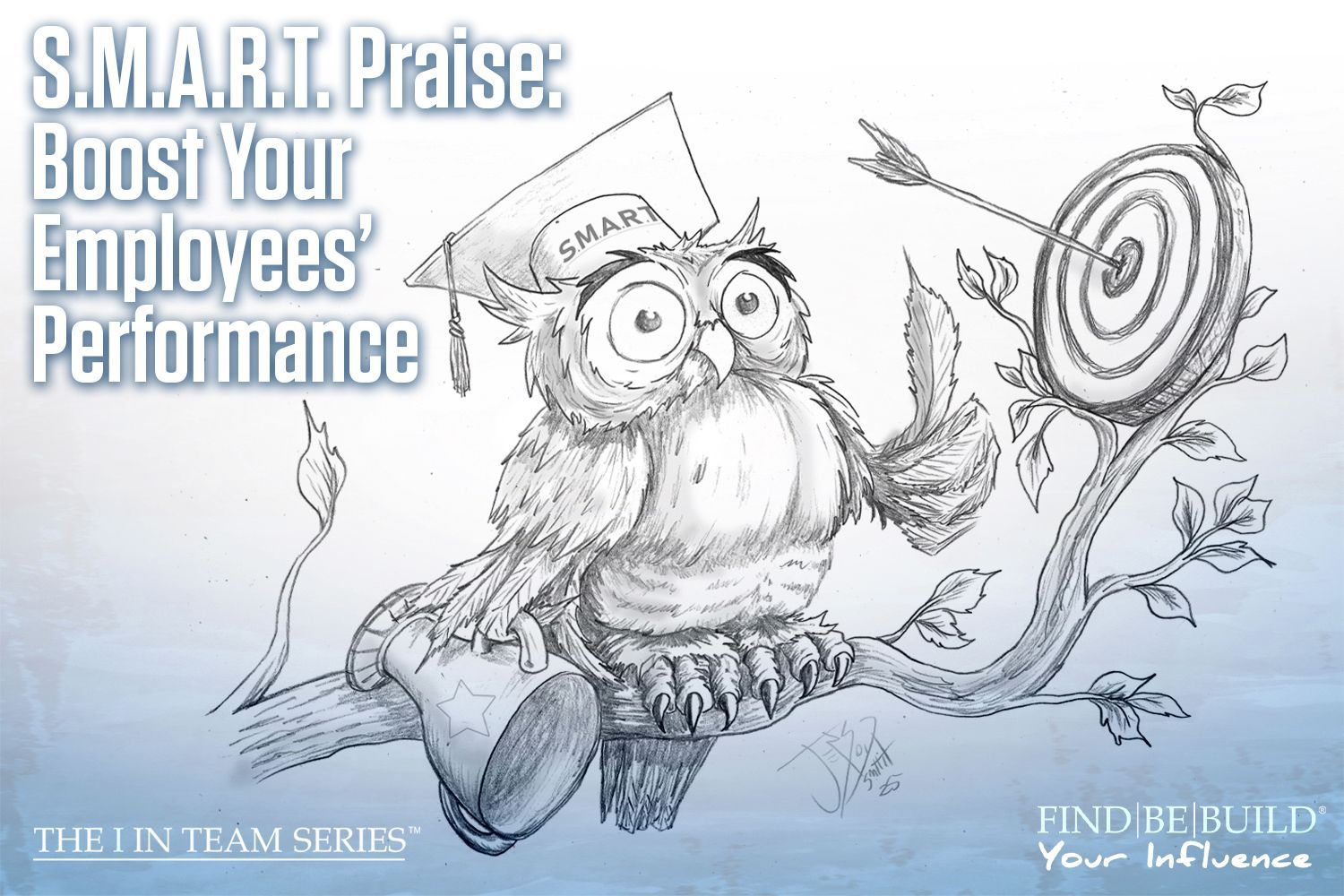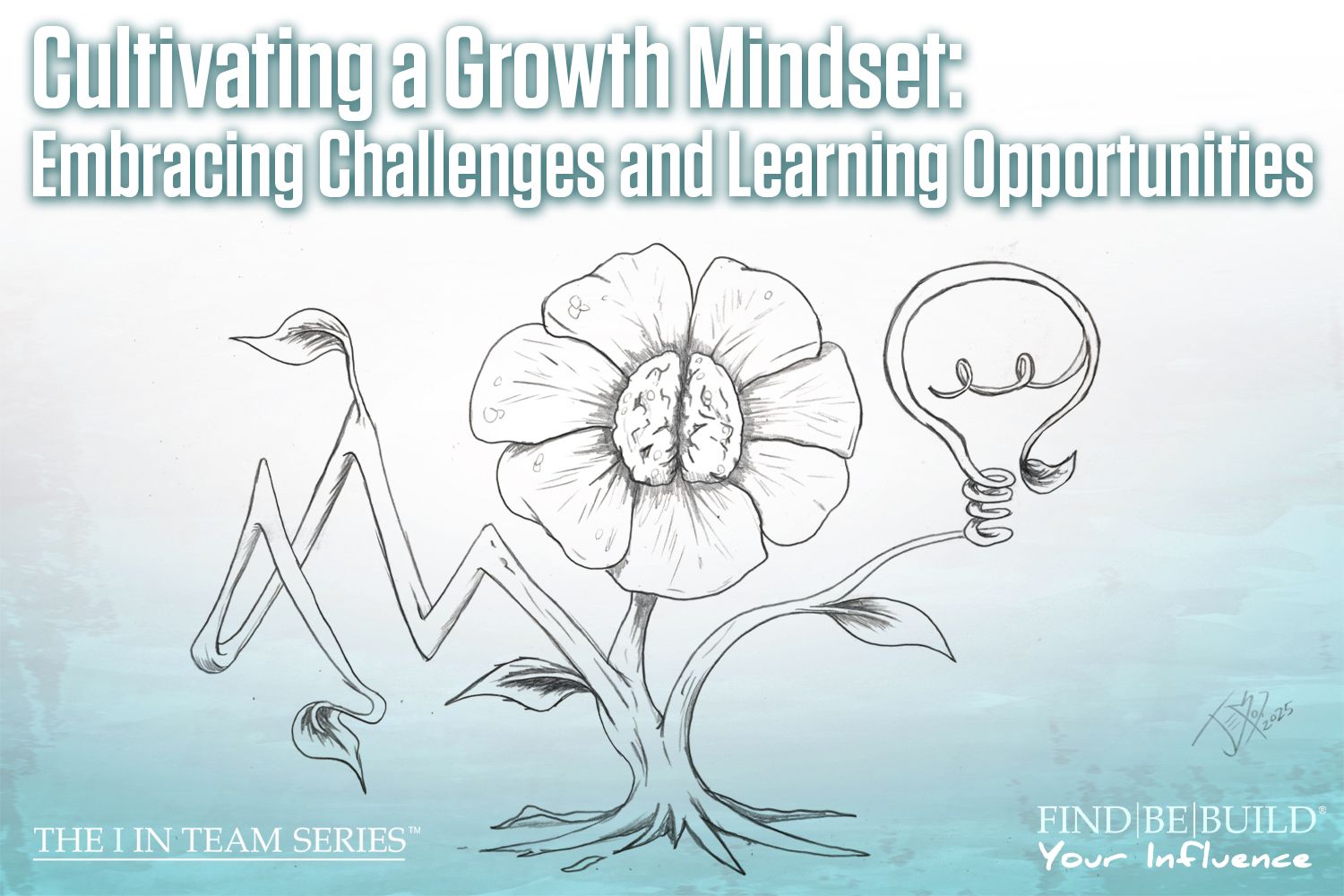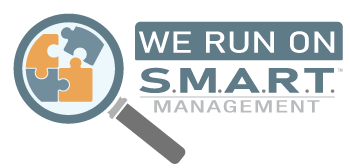Unlock Your Leadership Potential
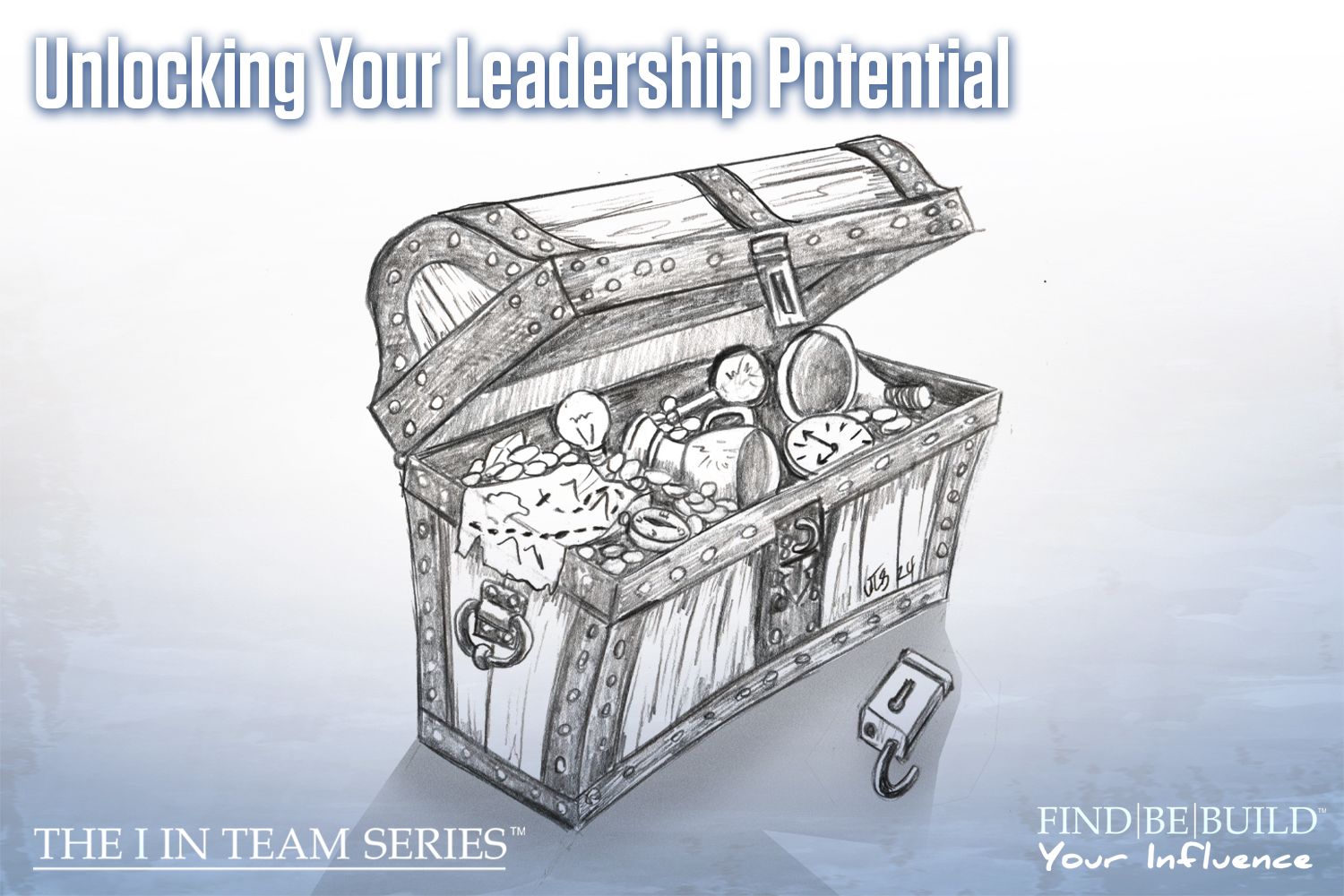
Unlock Leadership Potential
Hi, team! It’s your friend, Mary, with the “I” in Team series where you can find, be, and build your positive influence. If you’re an emerging leader, you will face unique challenges and opportunities as you grow into your role. Finding your influence, being a positive leader, and eventually building high-performing teams is how you will unlock your leadership potential. But where do you start? Here are some top tips to help you navigate unlocking your leadership potential.
1. Cultivate Self-Awareness
Self-awareness is understanding your strengths, weaknesses, habits, reactions, emotions, communication style, and leadership style. To gain self-awareness, engage in regular self-reflection, seek feedback from peers and mentors, and use tools like personality assessments (such as DiSC Workplace and Kolbe). For example, you might ask colleagues for feedback on your recent project management approach to identify areas for improvement.
2. Develop Emotional Intelligence
Emotional intelligence is the ability to recognize, understand, manage, and use your emotions positively and constructively. It also involves understanding others' emotions. By improving your emotional intelligence, you can better manage stress, resolve conflicts, and build stronger relationships with your team. Practice active listening and empathy to enhance this crucial leadership skill.
3. Communicate Effectively
Clear and transparent communication is essential for being a positive influence. As a leader, convey your visions, goals, and expectations clearly. Foster a culture where your team feels safe speaking freely with you. Encourage open dialogue by regularly soliciting feedback and showing appreciation for your team’s input.
4. Use S.M.A.R.T. Goals to Develop Objectives
S.M.A.R.T. goals (Specific, Measurable, Achievable, Relevant, Time-bound) are the quickest and most efficient way to develop and reach your short-term and long-term objectives. Engage in strategic planning by using S.M.A.R.T. and encourage your team to contribute to this process. Maintain a focus on results and hold yourself and your team accountable for performance. Set clear goals, measure progress regularly, and adjust as needed when roadblocks arise. It’s better to adjust than to give up.
5. Seek Mentorship and Coaching
To truly unlock your leadership potential, find mentors who can provide guidance, support, and valuable insights based on their experiences. Additionally, consider working with a coach to develop specific leadership skills and navigate challenges more effectively. Mentorship can offer new perspectives and accelerate your growth.
6. Build Strong Relationships
Networking and relationship-building are essential to creating a high-performing team. Establish strong connections with colleagues, mentors, and other industry professionals. Foster a supportive team environment by showing genuine interest in your team members’ personal and professional growth. Strong relationships form the foundation of trust and collaboration.
7. Foster a Positive Work Culture
Creating a positive work culture is crucial for team success. Promote collaboration, inclusivity, and positivity within your team. Recognize and celebrate individual and team achievements. Remember, fostering a positive work culture starts with you as the leader. Your attitude and behavior set the tone for the entire team.
8. Empower Your Team
Empowering your team means treating them with respect and trust. Delegate effectively and inspire them to be autonomous by giving them more responsibility. Encourage their input and involvement in decision-making processes to foster a sense of ownership and accountability within the organization. Empowered teams are more motivated and productive.
Bottom Line
By implementing these tips, unlocking your leadership potential becomes a structured and achievable process. If you want to dive deeper into these concepts, consider purchasing our books. The “I” in Team series was created for emerging leaders to assist them in developing the skills and mindset necessary to lead effectively and drive their teams and organizations toward success.
First Book: Individual Influence: Find the “I” in Team
Second Book: Positive Influence: Be the “I” in Team
Third Book: Responsible Influence: Build the “I” in Team
Unlock your potential and lead your team to success with the insights and strategies shared in our series. Happy leading!
